Here’s a brief look at the Sony 85mm F/1.4 Carl Zeiss Planar lens. Scroll down for the review.
|
Lens
|
SAL-85F14Z Sony 85mm F/1.4
|
|
Box contents
|
Front and rear caps, carrying pouch, hood and a users manual.
|
|
Cost
|
$1698 retail
|
|
Build quality
|
Very good
|
|
Additional information
|
New Carl Zeiss design for Sony.
|
| Specifications below |
|
|
Optical configuration
|
8 elements in 7 groups
|
|
Angle of view
|
29° full frame, 19° APS-C.
|
|
Aperture
|
9 blades, circular
|
|
Full frame and APS-C
|
Yes, made for full frame. APS-C equivalent, 127.5mm
|
|
Depth of field and focus scales?
|
Yes and yes
|
|
Minimum focus, image plane to subject
|
34″ (864mm)
|
|
Minimum focus, end of lens barrel to subject
|
27.9″ (709mm)
|
|
Hard stop at infinity focus?
|
Yes
|
|
Length changes when focusing?
|
Yes
|
|
Focus ring turns in AF?
|
No
|
|
Filter size
|
72mm
|
|
Filter ring rotates?
|
No
|
|
Distance encoder?
|
Yes
|
|
Max magnification
|
0.13x
|
|
Min. F/stop
|
F/22
|
|
Sony teleconverter compatible?
|
No
|
|
Dimensions W x L (my measurements)
|
3.2″ x 2.95″ 82mm x 75mm
|
|
Maximum extended length (my measurements)
|
3.55″ (90mm)
|
|
Weight bare (my scale)
|
22.4oz (635g) 23.5oz (667g) with caps, hood=2.8oz (79g)
|
 |
| Mounted on Sony A700. |
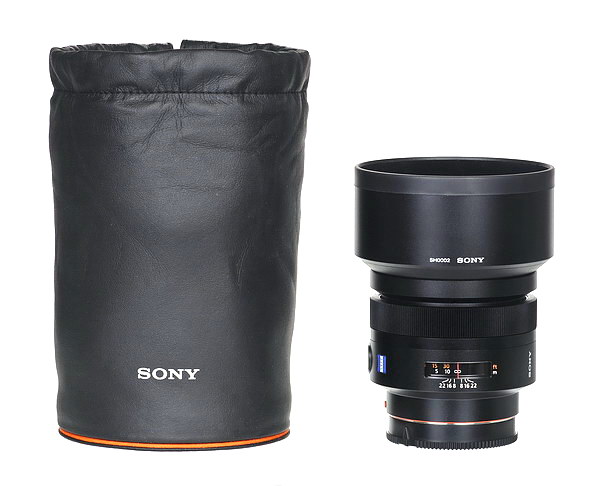 |
| Box contents with no box |
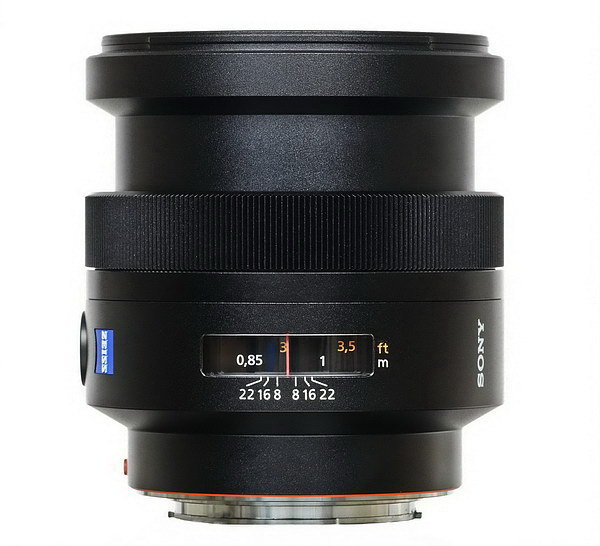 |
| Side shot with full focus extension, and sparkly finish |
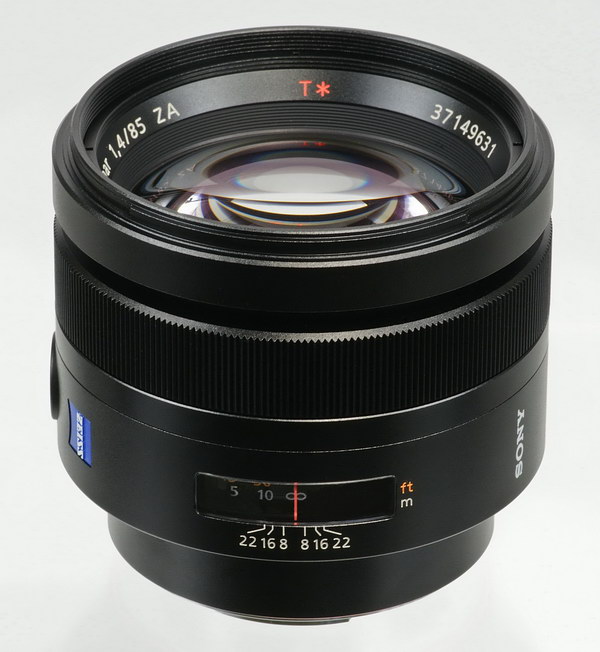 |
| Front element |
 |
| Backside |
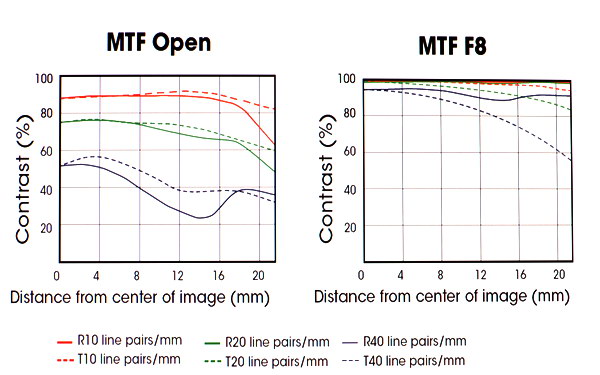 |
| MTF chart |
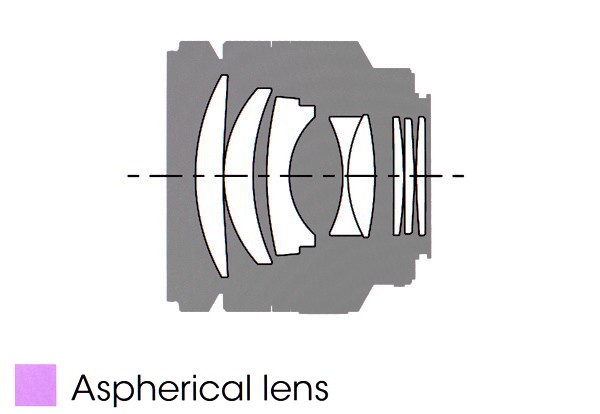 |
| X-ray view, Sony screen grab. |
|
Sun centered, F/5.6
|
Sun in shot, F/5.6
|
 |
 |
|
Bokeh, F/1.4
|
Bokeh, F/2
|
 |
 |
|
Bokeh, F/2.8
|
Bokeh, F/4
|
 |
 |
|
Bokeh, F/2.8, in front of subject
|
Bokeh, F/2.8, behind subject
|
 |
 |
The top left shot shows how the lens handles the sun when it’s smack dab in the middle of the image, and it does a good job, no rings or color blobs. The right shot shows the sun at an angle, with the camera held in the vertical position. You can pick out a green blob with a smear going down away from the sun. This is as bad as it gets. With the camera held horizontally, with the same scene, you only see a minor green blob or so, and only in shadow areas. Full frame can show slightly stronger results towards the edges of the image. With the hood on and the sun out of the image, no problems.
The bottom crops show bokeh. Out of focus highlights look very smooth wide open, and retain an even, circular look near F/4. The lens has spherochromatism, which results in cyan fringing in back of the focus point (see bottom row), noticeable around the circles in the crops above. You see magenta fringing in front of the focus point. This behavior is common for a very fast lens. Don’t compare the bokeh from front to back blur, as the focus distances are not exactly the same.
Distortion below.
 |
| Very light pincushion distortion. |
Distortion is nearly non-existent. If you like examining your pictures with a grid overlay, you’ll see a very small amount of pincushion. This lens has very slight barrel distortion at close focus, and turns to slight pincushion as you focus on more distance objects, which explains why the full frame results are nearly flat; the A900 (full frame) needs to be closer to the subject to fill the frame, so it’s focused slightly closer. None of this is noticeable in real pictures.
Light fall-off.
|
F/1.4
|
F/2
|
 |
 |
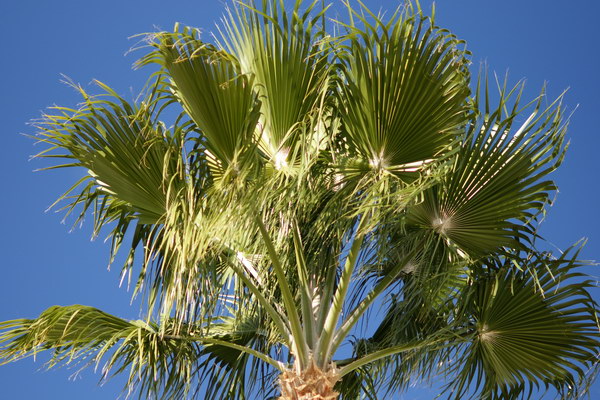
Shot at F/1.4, no adjustments. Light fall-off in real images is not noticeable on a cropped sensor camera.
I wonder how sharp the corners are?
|
F/1.4
|
F/2
|
 |
 |
|
F/2.8
|
F/4
|
 |
 |
|
F/5.6
|
F/5.6, from center of image
|
 |
 |
These crops are from the extreme bottom right corner. Things look good here at F/1.4, and real good at F/2.8. No additional stopping down is necessary for sharp corners. I threw in a center crop at F/5.6 to show you the difference between that shot and the F/5.6 corner shot. I see practically no difference other than a tiny bit more contrast coming from the center crop. Also notice the color fringing in the corner crops, none in the center.
How sharp are the centers if the images are enlarged to a staggering size?
|
F/1.4
|
F/2
|
 |
 |
|
F/1.4
|
F/2
|
 |
 |
|
F/2.8
|
F/4
|
 |
 |
|
F/5.6
|
F/8
|
 |
 |
The center samples above show two sets of crops at F/1.4 and F/2. You can get either one depending on very tiny movements of the focus ring. By F/2.8, things even out for the most part between the two sets. The color fringing looks pretty harsh (top row) wide open to one stop down, but looks slightly sharper than the second row set that shows no color fringing. Axial color fringing goes away as you stop down, or you manage to obtain perfect focus, no small feat at F/1.4! This is a common problem among fast lenses. Don’t shoot at F/1.4-2 in broad daylight as I’ve done here, and you won’t have to worry about veiling haze and color fringing.
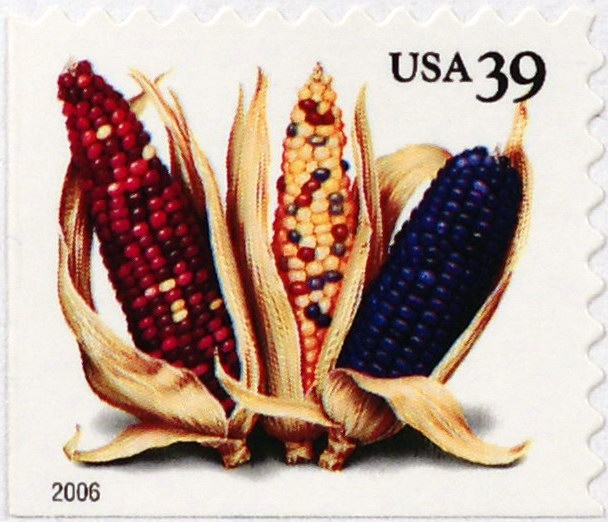 |
| Close focus, F/5.6, no link to larger image. |
|
Full frame results using the Sony A900 below. Check out the differences when using a film or full frame camera below. I’m only pointing out the noticeable issues as compared to the APS-C bodies, so if I don’t show it here, the results are not significantly different enough to warrant posting an additional set of images in this section.
Light fall-off
Light fall-off on a full frame camera is a little more noticeable as opposed to the APS-C crops shown earlier, but only at F/1.4.
Full image from A900 below. 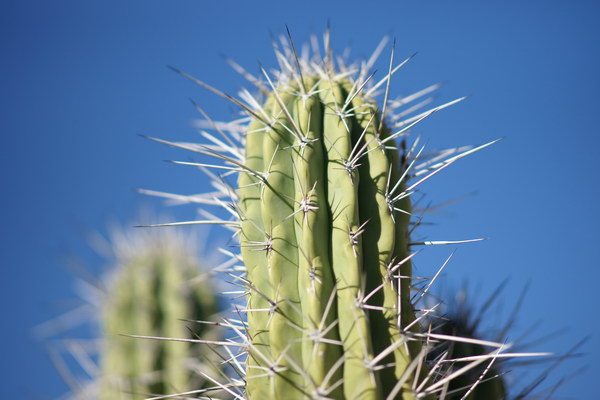
The mildly dark corners are hardly noticeable here at F/1.4, 1/8000sec ISO 100!! As always, don’t shoot normal daylight scenes at F/1.4.
Corner samples next.
The corner performance is similar to the APS-C crops, which is good. There isn’t much difference in sharpness as you stop down, and they look nearly the same, except for light fall-off at F/1.4-2. In the last row I show the difference between the corner shot at F/5.6, and the center shot at F/5.6. I see a slight lack of contrast in the corners, as compared to the centers, but otherwise, excellent performance, especially for full frame. The two crops were taken at a different time, so I put them separately at the bottom to avoid confusion. The exposure differences are from light fall-off.
Distortion.
The distortion amount is slightly less using a full frame camera, probably due to the difference in focusing distances between the two sensor sizes. Here the distortion is flat, with a distance of 20′ (6m) to the subject. As I said earlier, close focusing results in very minor barrel distortion, and turns to minor pincushion as you focus towards more distant subjects. The APS-C distortion shot was taken about 30′ (9m) away. Coma results with full frame. The Sony 85mm lens has virtually no coma, even at F/1.4. |












